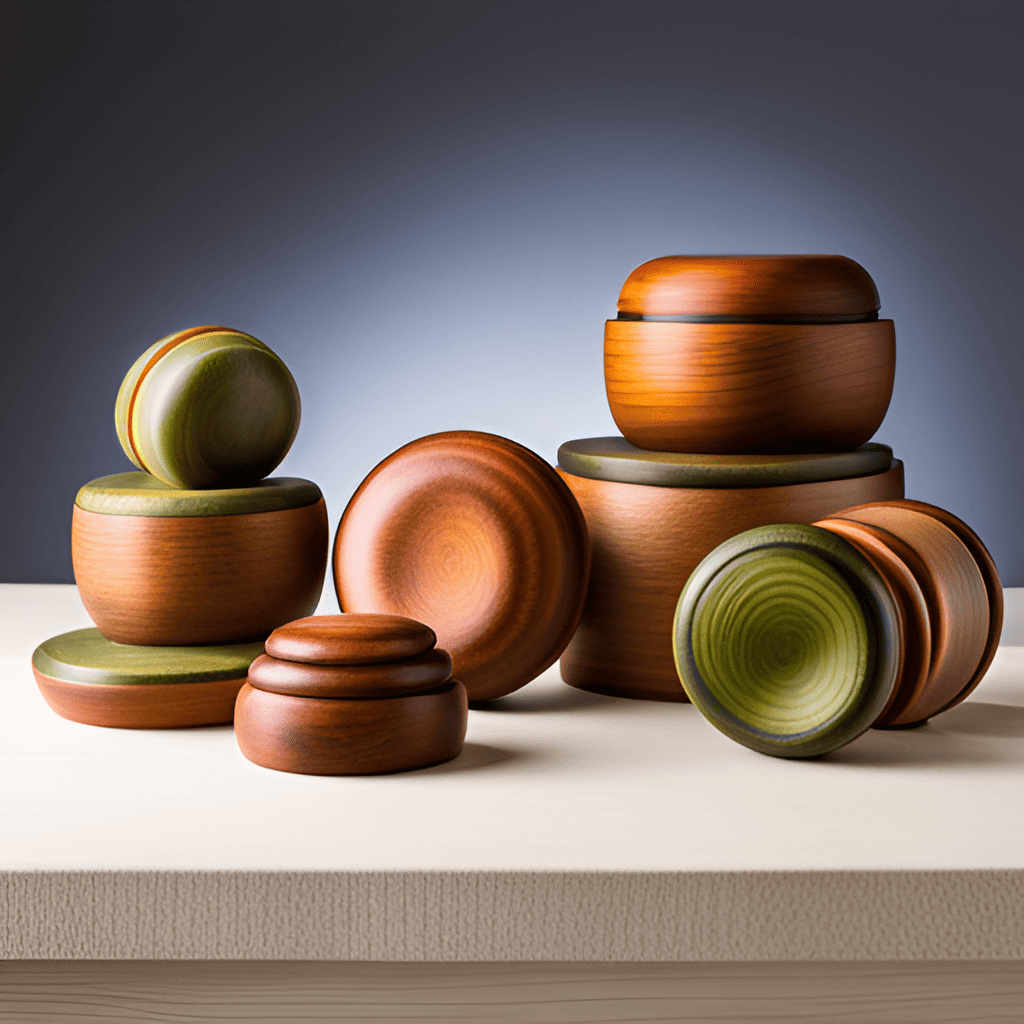Perhaps you’re a fan of eating pistachios. You might be familiar with the fruit – it’s actually a drupe and not a nut but is normally considered a nut for culinary purposes. But what about the wood that is produced from the pistachio tree?
Pistachio wood (Pistacia vera) is a versatile hardwood with various practical and decorative uses. While not as commonly utilized as other hardwoods, it does find application in certain contexts:
- Woodcrafts: Pistachio wood is sometimes used for small woodcrafts and decorative items. Its unique grain patterns, including streaks of darker brown and green, can add an appealing touch to handmade bowls, boxes, and other turned objects.
- Inlays and Veneers: Due to its attractive appearance, pistachio wood is occasionally used as an inlay or veneer in fine woodworking projects. It can be used to create intricate designs and patterns on furniture, musical instruments, or other wooden surfaces.
- Handles and Grips: The dense nature of pistachio wood makes it suitable for crafting handles and grips for tools, utensils, and cutlery. Its strength and durability offer a comfortable and aesthetically pleasing option for such applications.
- Small Furniture Components: In some cases, pistachio wood may be used for small components of furniture, such as drawer pulls, knobs, or decorative accents.
- Craftsmanship: Artisans and woodworkers may occasionally use pistachio wood for artistic and creative woodworking projects, taking advantage of its unique appearance to create one-of-a-kind pieces.
- Smoking Wood: While not common, some individuals might experiment with pistachio wood for smoking food. However, as mentioned earlier, it’s generally better to stick to well-known and safe hardwoods for smoking.
It’s important to note that pistachio wood is not as widely available as other hardwoods, and its use may be more limited due to the relatively smaller size of pistachio trees. As with any wood, responsible sourcing and sustainable practices are essential to support the preservation of pistachio trees and their ecosystems.
Key Information Regarding Pistachio Wood
Below is a table with key information about pistachio wood and characteristics about the tree itself:
| Aspect | Pistachio Wood |
|---|---|
| Scientific Name | Pistacia vera |
| Tree Height | Up to 25 – 30 feet (7.6 – 9.1 meters) |
| Tree Diameter | Up to 12 – 15 inches (30.5 – 38.1 centimeters) |
| Geographic Range | Native to regions in Central Asia and the Middle East |
| Climate | Thrives in arid and semi-arid climates |
| Wood Color | Heartwood varies from light brown to reddish-brown |
| Grain Pattern | Generally straight or slightly interlocked grain |
| Wood Texture | Fine to medium texture with a smooth surface |
| Density | Medium to moderately high density |
| Workability | Relatively easy to work with hand and power tools |
| Durability | Moderately durable, resistant to decay |
| Characteristic Features | Unique green streaks and patterns in some specimens |
| Applications | Small woodcrafts, inlays, veneers, handles, grips |
| Smoking Wood (Cautionary Note) | Not commonly used for smoking food; better alternatives exist |
| Sustainability | Some species may be cultivated for nuts and timber |
Please note that the information provided in the table is general in nature and may vary depending on the specific species and growing conditions of pistachio trees.
Additionally, as with any wood, responsible sourcing and sustainable practices are essential to ensure the long-term viability of pistachio wood resources and support environmental conservation.

